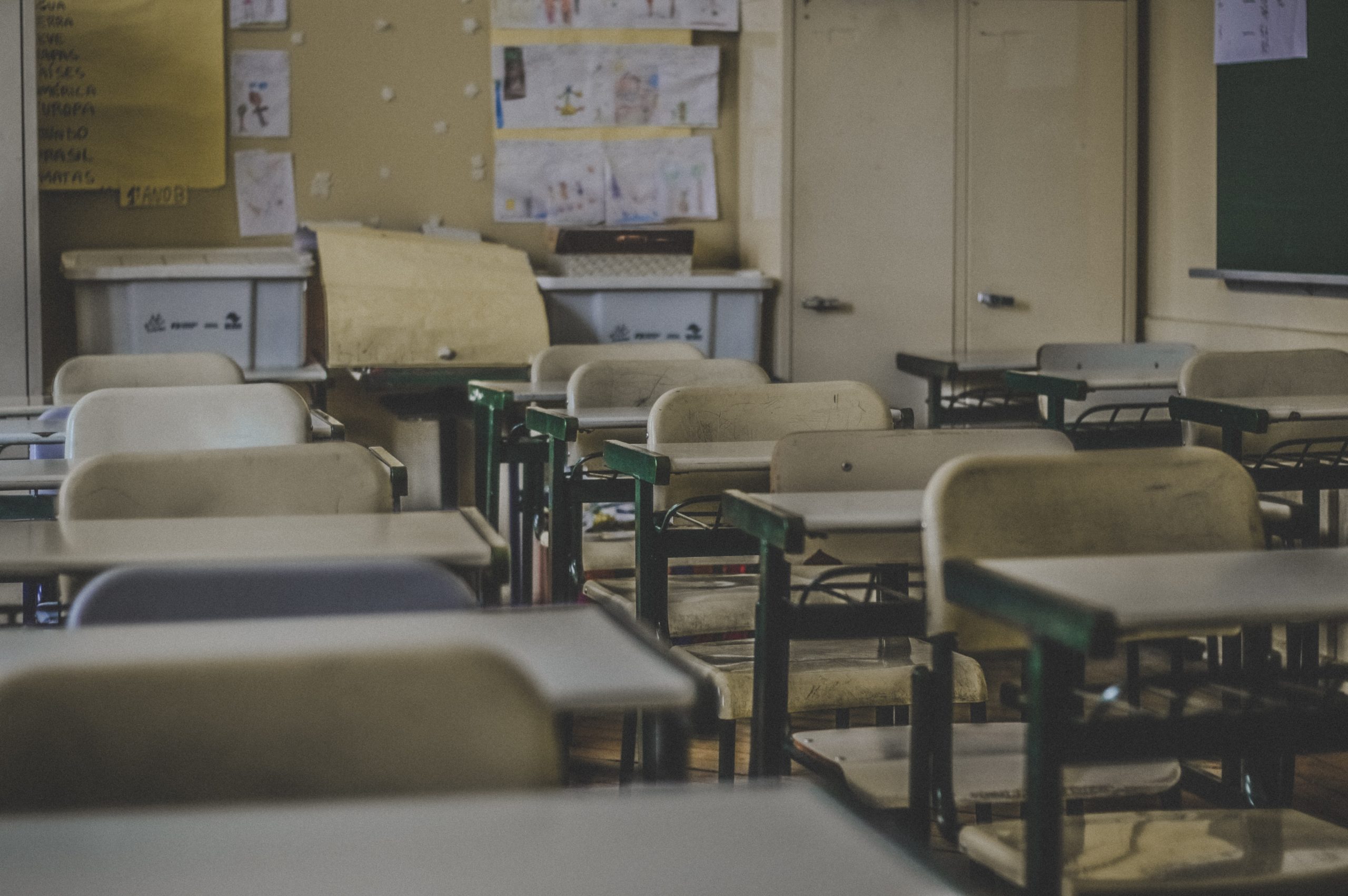In Lagos, Nigeria, despite a government order to lockdown schools, thanks to Google classroom, it is business as usual for Emmanuel Ntaji, a Fine Arts teacher at Pinefield Schools.
While students and teachers are not in school premises, he prepares his lesson plans and will share them with his students in a few minutes.
They will access it virtually, as social isolation forces kids to learn from home while their parents also work from home.
It’s a helpful situation for parents, who otherwise would have to deal with energetic and idle children while they work remotely.
But, some students are not thrilled about doing school work during a lockdown.
In Wuhan, China, where the coronavirus first broke out, some Chinese students gave the remote learning app, DingTalk one-star ratings to try to get it removed from the app store. They reviewed-bombed the app and forced the app makers to issue a plea to the kids.
But in some other parts of the world, students are adapting to Google Classroom as it remains unclear how long a disruption will last.
Keeping kids occupied with Google Classroom
Emmanuel tells me: “We log into our work email, create a class and invite the students via their school email. When the students accept the invitation, they have access to the instruction and materials you post”
“The students access classes and work uploaded by each teacher teaching in that class. We upload audio, pictures and videos”
“They can leave you questions via the comments section and you’ll receive a notification via email”
The transition from classroom teaching to remote teaching has not been difficult for Emmanuel. A few private schools in Lagos used the Google Classroom app before the outbreak of coronavirus. But with the lockdown, remote learning is one more way private schools are showing competitive advantage.
While online learning tools are showing their usefulness, there are still some problems to work out. One of these problems is keeping students engaged without the help of real-time interaction.
Solving the problem of interaction in virtual learning
According to Emmanuel, “It requires discipline on the part of students to make sure they do their work and turn it in when due. Also, most of the communication is one way and then you wait for feedback”
It highlights a common problem with online learning. Because of the absence of physical interaction, you don’t know what students are doing. It means that subjects and topics which need students to be hands-on will be difficult to teach.
But another teacher at the Children’s International School, Olos Orekha is solving the interaction problem with different tools. The Zoom app is one of the tools she is using.
She tells me: “Interaction has been great: the kids can talk to you with or without videos and they can chat with you.”
For assignments and quizzes, she uses Edmodo, where she can post tasks that the kids can work on. The teacher can then grade these tasks and send feedback.
It helps that she had time to prepare before the lockdown so the kids go through these lessons like any other school day. The only changes are shorter lesson times and more tasks.
“We already scheduled the tasks for the kids and uploaded resources and lesson plans before the shut down so that made it easier”
But it’s not always smooth, sometimes the kids want to be kids and there will be distractions.
“Sometimes they are excited to see their friends and it may get chaotic. Even though you can kick out anyone who is distracting, you don’t want to do that because you want them to learn. Apart from that, it has been okay”
A global perspective of online learning
Babajide, a teacher with the New York Public school system shares that in his experience, some subjects have proved tricky to teach with apps like Google Classroom.
“It’s a good platform but for subjects like Mathematics, we need more interaction. It’s difficult to know if the student is doing the task himself”
He also shares other problems that the school system still has to work around. “For us here, some of our kids don’t have access to tablets, laptops or WiFi. But some companies are now offering them these things for free for one month”
In China, a Nigerian student, *Charles says that his postgraduate class uses “Big Blue Button” (BBB). It is an app used for live classrooms which also solves the problem of interaction.
“Different courses use BBB in different ways. One lecturer records a video and uploads it a week before we hold a weekly discussion, where we talk about what the video covered.”
BBB has functions like public chats and lets you see the students who are in the class. It also supports webcam, but Charles says they haven’t used this so far.
“BBB helps interaction. The lecturer, who is usually the moderator can select someone else to moderate.
When you moderate a class, you can set up polls and allow the class vote. You can also create a virtual board which allows everyone to work on tasks together.”
His experience underscores the need for teachers and students to use work tools to improve interaction, but it also shows that unusual times like this will help improve the efficiency of Edtech apps.
*Not his real name
If you want to share the tech tools you use to work or learn across Africa, send me an email: Muyiwa@bigcabal.com











